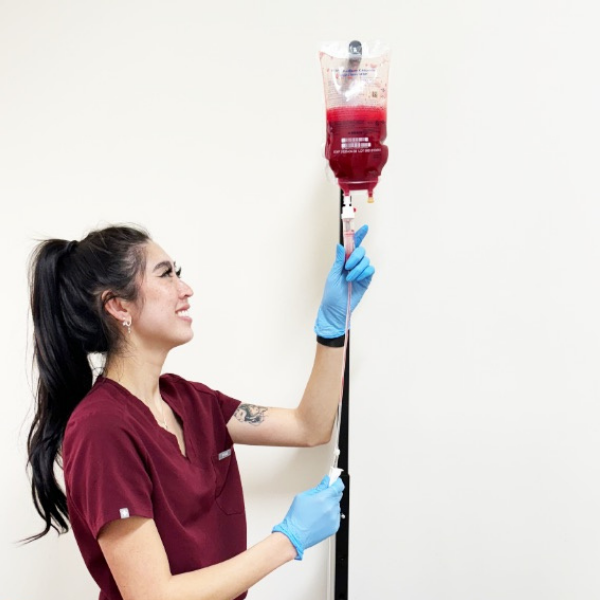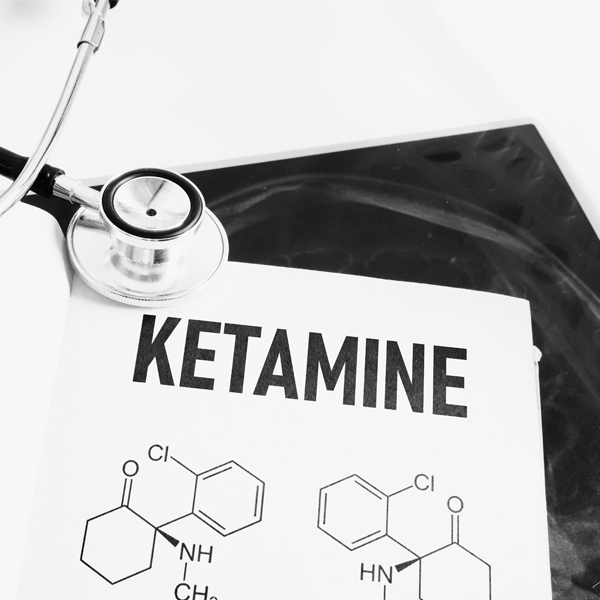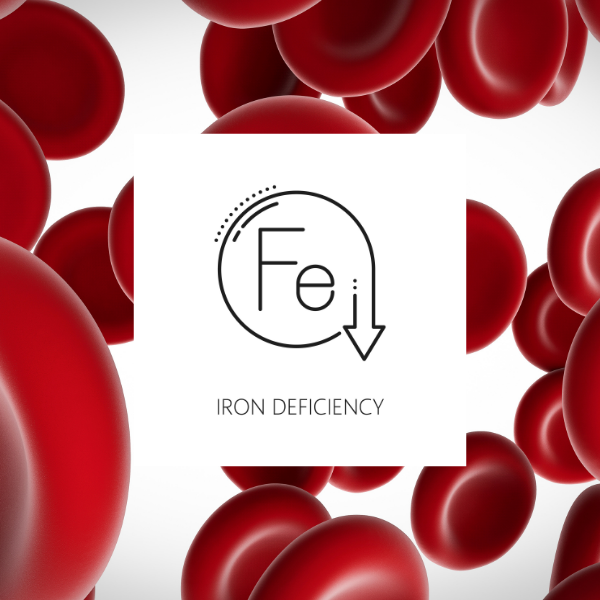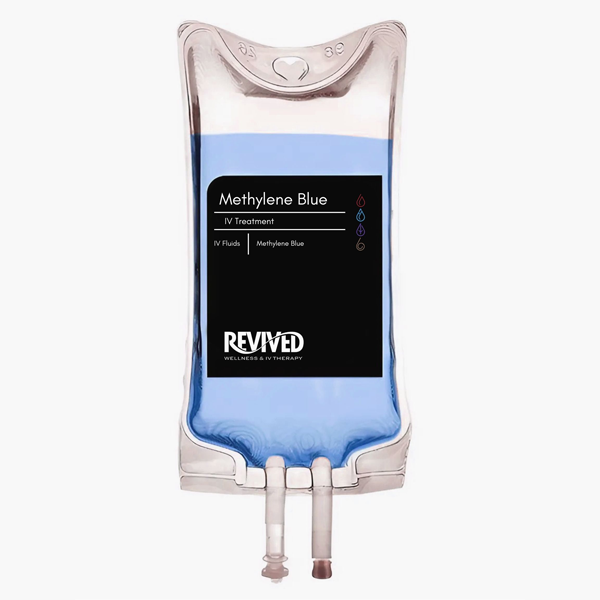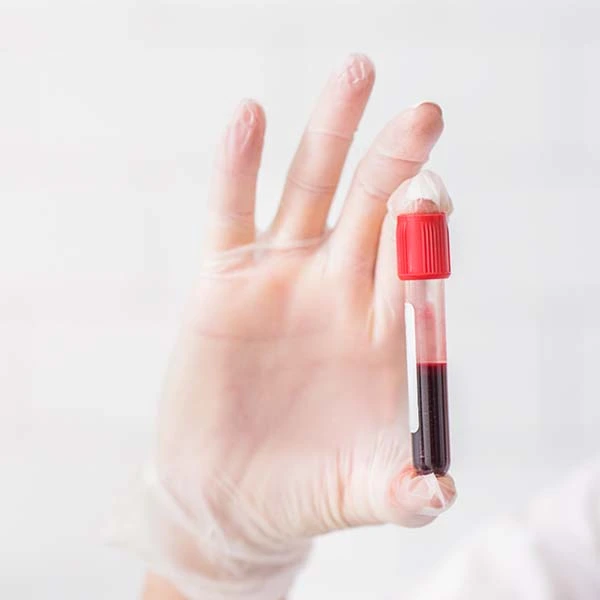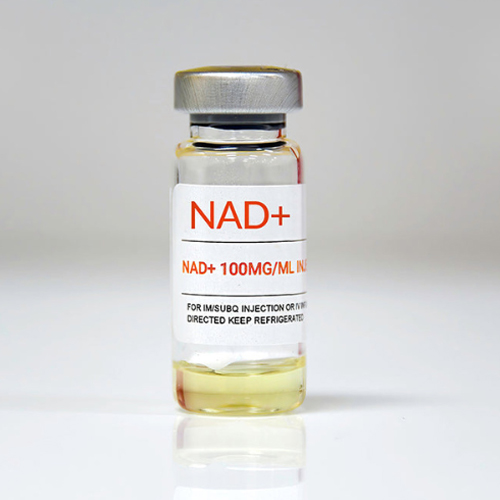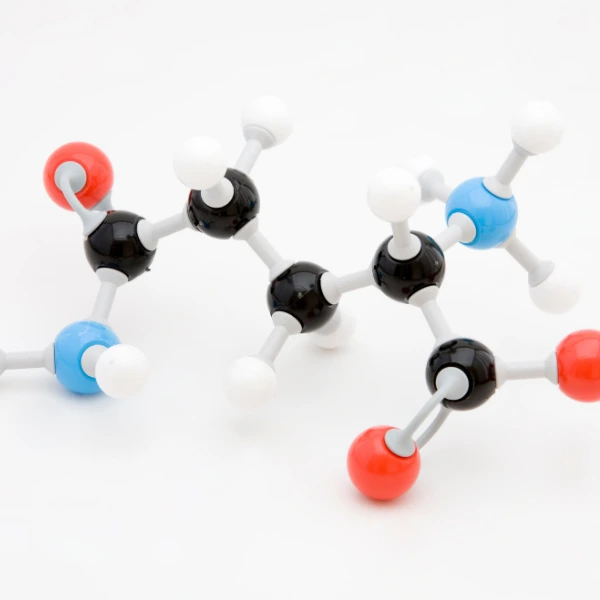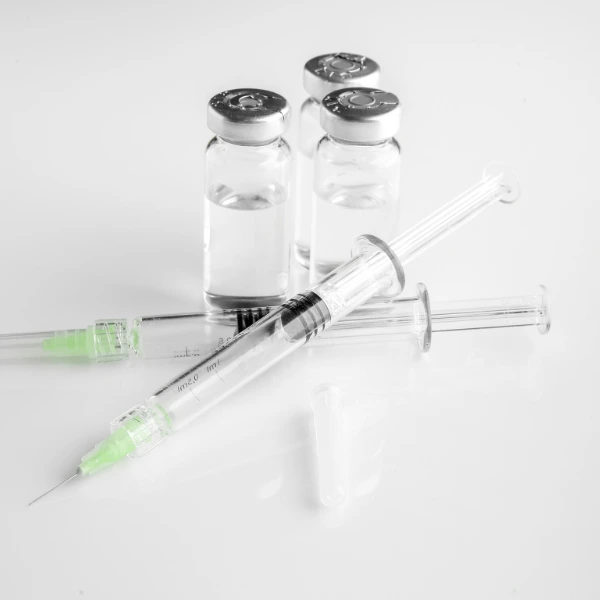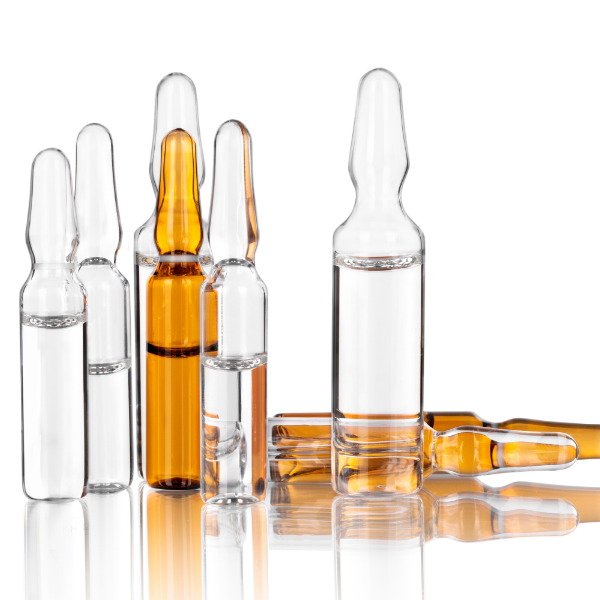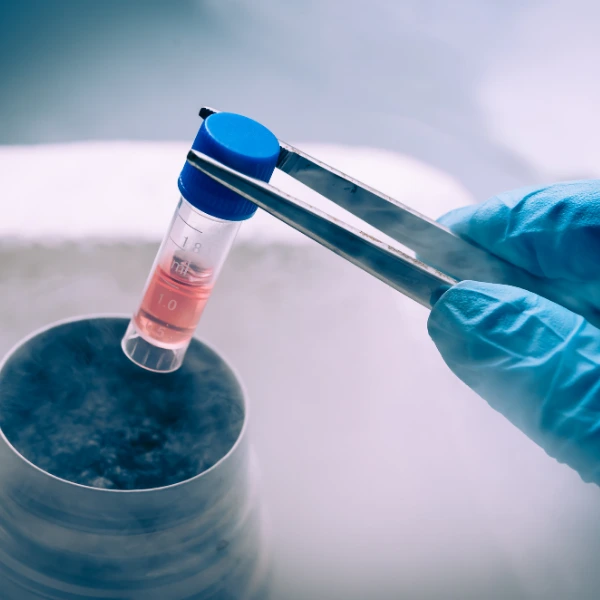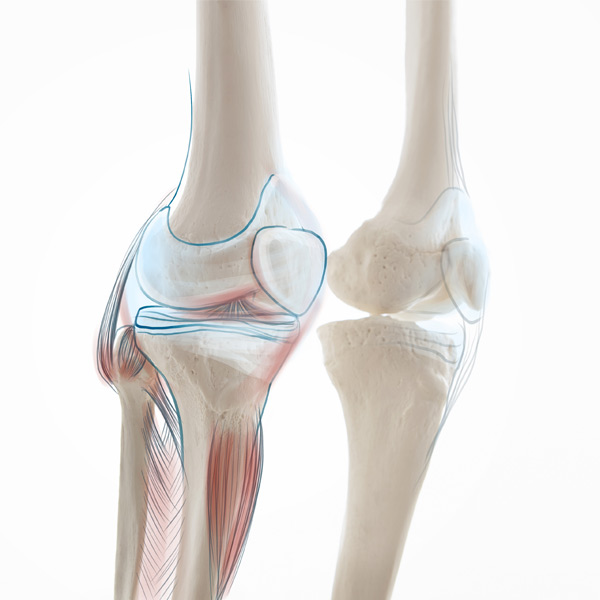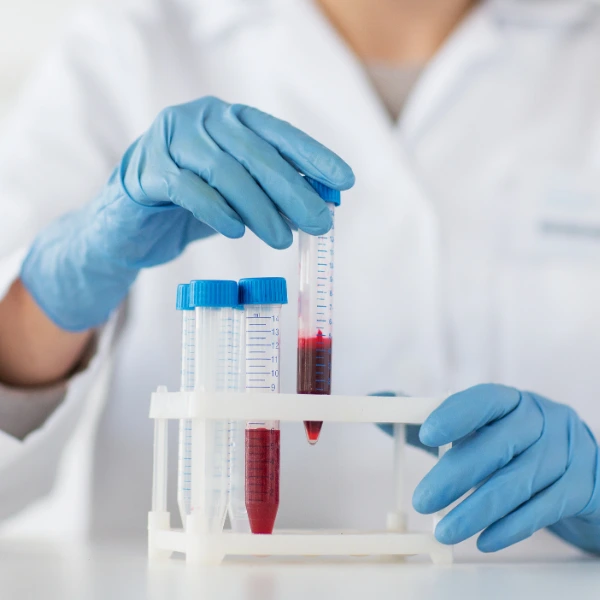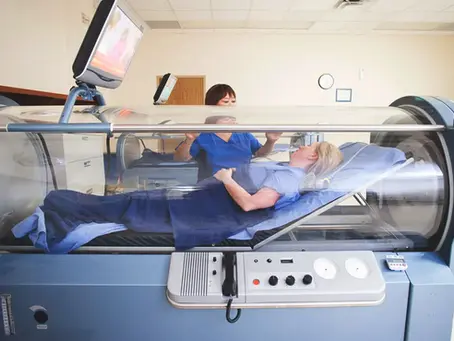Hyperbaric oxygen therapy (HBOT) is a treatment that has been gaining traction in the medical world. By providing the body with pure oxygen under increased atmospheric pressure, this therapy offers a range of benefits for various medical conditions.
As the trusted provider of hyperbaric oxygen therapy in Houston, we’re here to answer all your questions on the matter. Let’s get started!
What is Hyperbaric Oxygen Therapy?
HBOT involves breathing in pure oxygen in a special chamber known as a hyperbaric oxygen chamber. There are two main types of these chambers: the monoplace chamber designed for one person and the multiplace chamber which can accommodate multiple patients. During treatment, the air pressure inside the chamber is increased, often to a level higher than sea level.
This increased air pressure allows the blood to carry a greater amount of oxygen to the body’s tissues. The oxygen levels in the bloodstream rise, leading to a cascade of beneficial effects.
Benefits and Applications
Decompression Sickness and Gas Embolism: Scuba divers are familiar with the risks of decompression sickness – a condition caused when gas bubbles form in the bloodstream. HBOT is crucial in shrinking these bubbles and preventing complications.
Wound Healing: High oxygen levels can boost the healing process in chronic wounds. Conditions like diabetic foot ulcers, necrotizing soft tissue infections, and skin grafts benefit from HBOT. Extra oxygen can promote collagen production, improve blood flow, and stimulate the formation of new blood vessels.
Carbon Monoxide Poisoning: This life-threatening condition results from inhaling the colorless and odorless carbon monoxide gas. HBOT can counteract the effects by ensuring that the blood cells carry more oxygen.
Other Conditions: HBOT is also beneficial for crush injuries, osteomyelitis, radiation injury, gas gangrene, and arterial gas embolism. Additionally, HBOT can support the treatment of anemia, brain injury, and tissue damage.
Potential Side Effects
While HBOT has numerous benefits, it’s not without potential side effects:
Barotrauma: The change in air pressure can cause barotrauma, affecting areas like the middle ear, sinus, and eardrum.
Oxygen Toxicity: Too much oxygen can lead to oxygen toxicity, affecting the lungs or central nervous system.
Claustrophobia: Some people might feel claustrophobic in the enclosed space of the hyperbaric cham
Important Considerations
Consultation: Before starting HBOT, it’s crucial to discuss the treatment plan with a health care provider. The Undersea and Hyperbaric Medical Society offers guidelines on HBOT’s applications.
Monitoring Blood Sugar: Diabetic patients should monitor their blood sugar closely during HBOT as oxygen treatment can affect blood sugar levels.
FDA and Medicare: The Food and Drug Administration (FDA) has approved HBOT for specific conditions. Medicare also covers HBOT for several diagnoses, including non-healing wounds and soft tissue infections.


